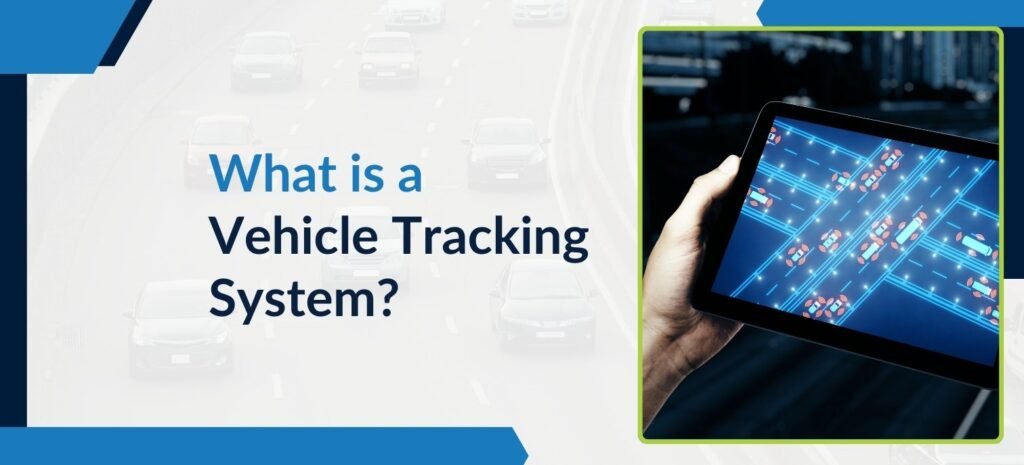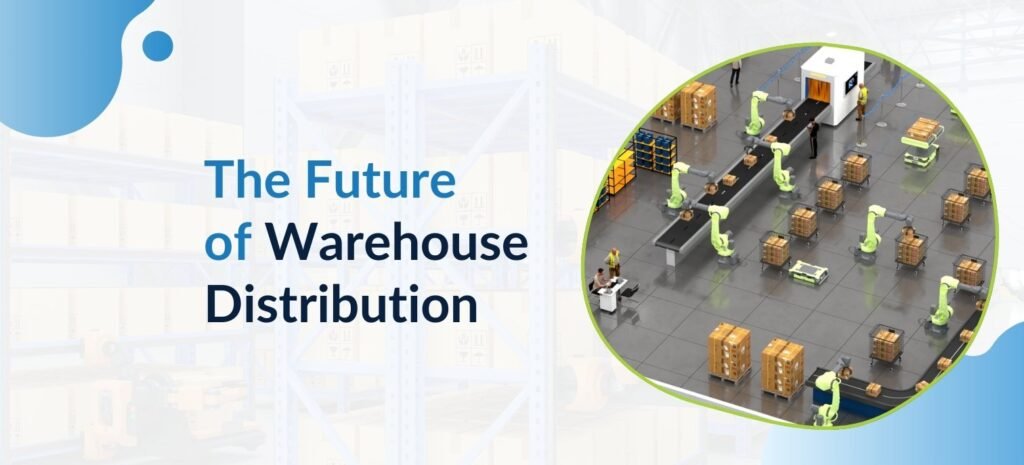A vehicle tracking system is an essential tool in modern fleet management and personal vehicle monitoring. By using advanced technologies, it allows individuals and businesses to keep track of vehicle locations, monitor driver behavior, enhance security, and optimize operational efficiency. In this blog, we will delve into the details of vehicle tracking systems, including how they work, their components, benefits, applications, and future trends.
How Does a Vehicle Tracking System Work?
A vehicle tracking system operates through a combination of hardware and software that collects and analyzes data from vehicles. The primary technology used in vehicle tracking systems is GPS (Global Positioning System), which provides real-time location information. Here’s a step-by-step breakdown of how it works:
- GPS Satellites: Satellites orbiting the earth send signals to GPS receivers installed in vehicles.
- GPS Receiver: The GPS receiver in the vehicle calculates its exact location (latitude, longitude, and altitude) by triangulating signals from multiple satellites.
- Telematics Device: This device collects location data along with other vehicle information such as speed, fuel level, and engine status. It then transmits this data to a central server via cellular networks.
- Central Server: The server processes the data received from the vehicle and stores it in a database.
- User Interface: Fleet managers or vehicle owners can access the processed data through a web-based dashboard or mobile app, providing them with real-time insights into vehicle locations and performance.
Key Components of a Vehicle Tracking System
A vehicle tracking system comprises several key components that work together to provide comprehensive tracking and monitoring capabilities:
- GPS Receiver: Captures satellite signals to determine the vehicle’s precise location.
- Telematics Device: Collects and transmits data from the vehicle to the central server.
- Central Server: Processes and stores the data for analysis and reporting.
- User Interface: A web-based or mobile platform that allows users to view and interact with the tracking data.
- Communication Network: Typically cellular networks that facilitate data transmission from the vehicle to the central server.
Benefits of Vehicle Tracking Systems
The implementation of vehicle tracking systems offers numerous benefits for both businesses and individuals:
- Improved Fleet Management: Fleet managers can monitor vehicle locations, optimize routes, and ensure timely deliveries. This results in reduced fuel consumption, lower operational costs, and increased efficiency.
- Enhanced Security: Vehicle tracking systems help in preventing theft and recovering stolen vehicles. Alerts can be set up for unauthorized movements or deviations from designated routes.
- Driver Behavior Monitoring: Track driver behavior such as speeding, harsh braking, and idling. This data can be used to improve driving habits, enhance safety, and reduce the risk of accidents.
- Maintenance Management: Monitor vehicle health and schedule timely maintenance to prevent breakdowns and extend the lifespan of the fleet.
- Compliance and Reporting: Ensure compliance with regulatory requirements by maintaining accurate records of vehicle activities and generating detailed reports.
Applications of Vehicle Tracking Systems
Vehicle tracking systems have a wide range of applications across various industries and use cases:
- Fleet Management: Widely used by logistics companies, delivery services, and public transportation providers to manage large fleets of vehicles efficiently.
- Personal Vehicle Monitoring: Individuals use vehicle tracking systems to keep track of family members’ vehicles, ensure their safety, and prevent theft.
- Rental Services: Car rental companies use tracking systems to monitor their vehicles, manage rentals, and recover stolen or overdue cars.
- Public Transportation: Helps in monitoring public transport vehicles, ensuring timely services, and improving passenger safety.
- Emergency Services: Used by police, fire, and ambulance services to track and dispatch vehicles quickly and efficiently.
Future Trends in Vehicle Tracking Systems
The future of vehicle tracking systems is bright, with several trends and advancements poised to enhance their capabilities and applications:
- Integration with IoT: The Internet of Things (IoT) will enable more connected and intelligent vehicle tracking systems. Sensors and devices will collect and transmit more detailed data, leading to improved decision-making and automation.
- AI and Machine Learning: Artificial intelligence and machine learning will play a significant role in analyzing vehicle data, predicting maintenance needs, optimizing routes, and improving overall fleet management.
- Enhanced Connectivity: The rollout of 5G networks will provide faster and more reliable data transmission, enabling real-time tracking and more sophisticated applications.
- Telematics Data Utilization: Telematics data will be increasingly used for predictive analytics, helping businesses to anticipate issues and make proactive decisions.
- Sustainability Focus: Vehicle tracking systems will contribute to sustainability efforts by optimizing routes, reducing fuel consumption, and lowering carbon emissions.
Choosing the Right Vehicle Tracking System
Selecting the right vehicle tracking system involves considering several factors to meet specific needs and requirements:
- Features: Determine the features you need, such as real-time tracking, driver behavior monitoring, maintenance alerts, and route optimization.
- Scalability: Choose a system that can scale with your business as it grows, allowing for the addition of more vehicles and advanced features.
- User Interface: Ensure the system has an intuitive and user-friendly interface for easy access and management of tracking data.
- Integration: Look for a system that integrates seamlessly with your existing software and business processes.
- Cost: Consider the cost of the system, including hardware, installation, subscription fees, and any additional charges for advanced features.
Conclusion
A vehicle tracking system is a powerful tool that offers numerous benefits for both businesses and individuals. By providing real-time location data, monitoring driver behavior, enhancing security, and optimizing operations, these systems play a crucial role in modern fleet management and personal vehicle monitoring.
As technology continues to advance, the capabilities of vehicle tracking systems will only improve, making them an indispensable part of the transportation and logistics industries. Whether you are managing a large fleet or keeping track of your personal vehicle, investing in a vehicle tracking system can provide significant returns in terms of efficiency, safety, and cost savings.
For businesses looking to stay ahead in the competitive market, leveraging the latest vehicle tracking technologies is essential. Visit Novus Hi-Tech to learn more about how our innovative solutions can help you transform your fleet management and vehicle monitoring processes for the future.























